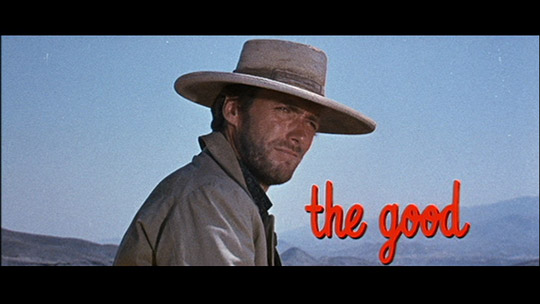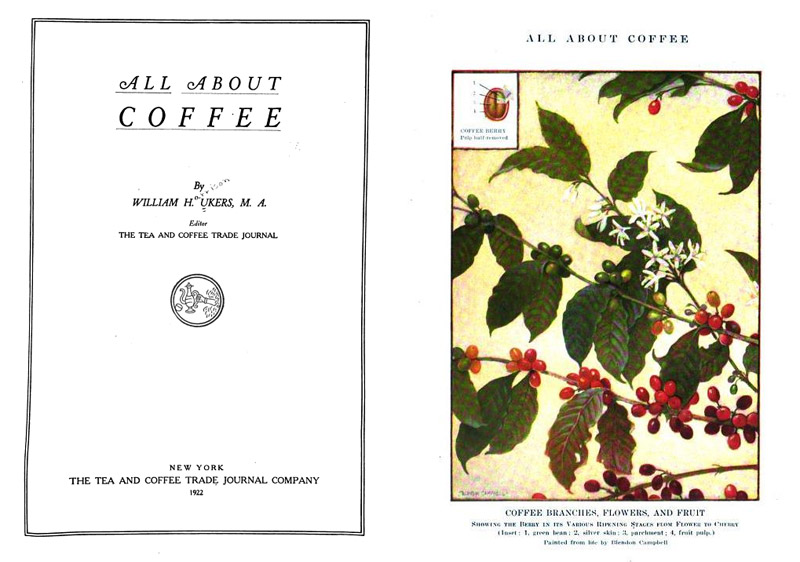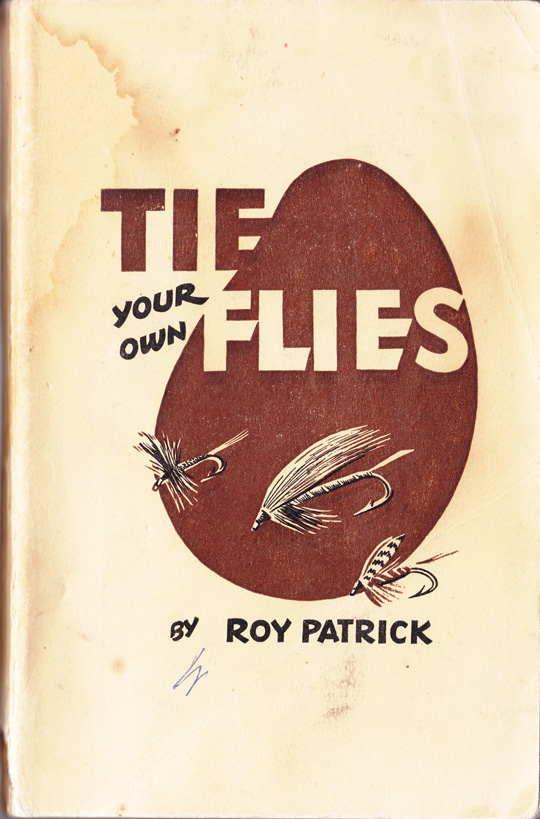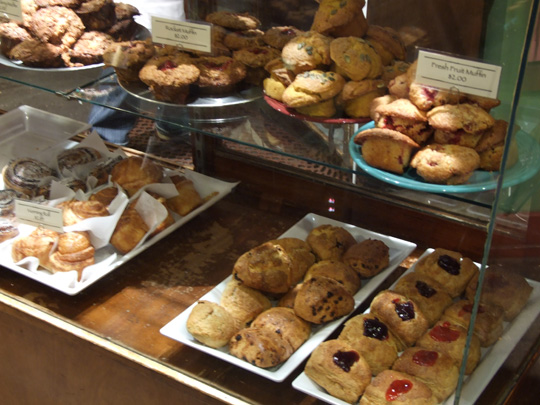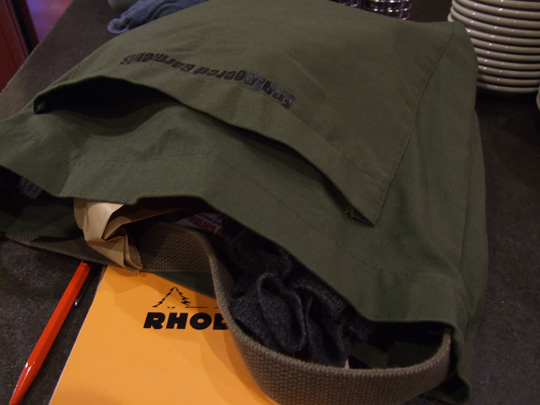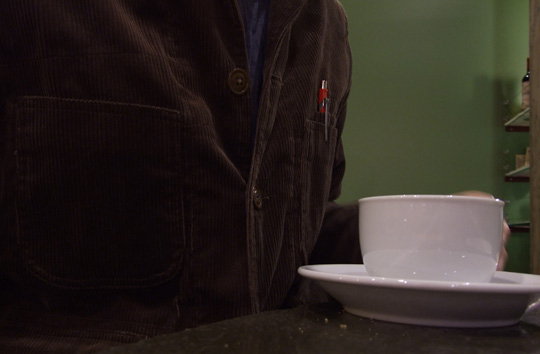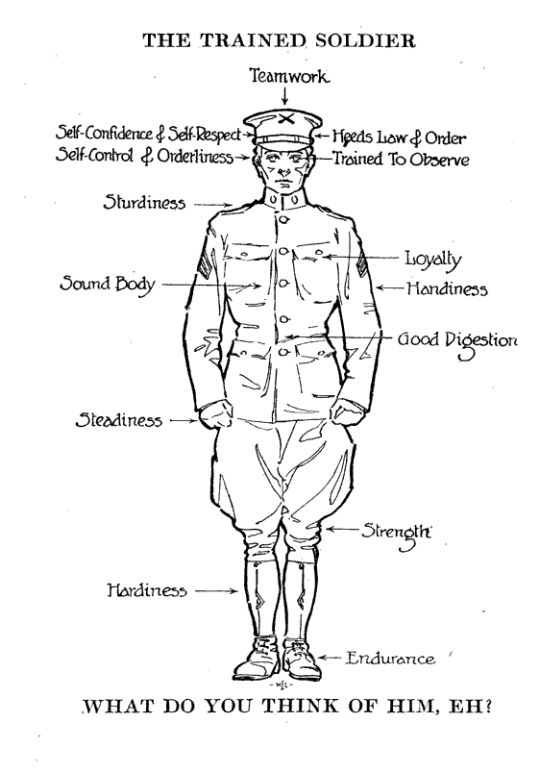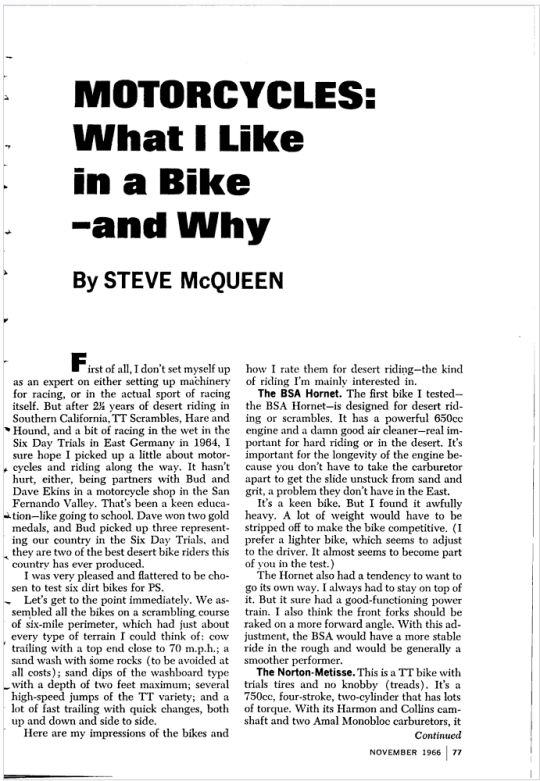Category: Culture (page 20 of 27)
For the coffee snobs, here is a remarkable book on the subject of the drink written in 1922. Topics include its history in different regions from the time, coffee preparation and techniques, chemistry, and industry information. Despite its age, much of the knowledge is still current.
Civilization in its onward march has produced only three important non-alcoholic beverages — the extract of the tea plant, the extract of the cocoa bean, and the extract of the coffee bean.
Leaves and beans — these are the vegetable sources of the world’s favorite nonalcoholic table-beverages. Of the two, the tea leaves lead in total amount consumed; the coffee beans are second; and the cocoa beans are a distant third, although advancing steadily. But in international commerce the coffee beans occupy a far more important position than either of the others, being imported into non-producing countries to twice the extent of the tea leaves. All three enjoy a world-wide consumption, although not to the same extent in every nation; but where either the coffee bean or the tea leaf has established itself in a given country, the other gets comparatively little attention, and usually has great difficulty in making any advance. The cocoa bean, on the other hand, has not risen to the position of popular favorite in any important consuming country, and so has not aroused the serious opposition of its two rivals.
Coffee is universal in its appeal. All nations do it homage. It has become recognized as a human necessity. It is no longer a luxury or an indulgence; it is a corollary of human energy and human efficiency. People love coffee because of its two-fold effect — the pleasurable sensation and the increased efficiency it produces.
Published in 1966, this book was sold to my father at Patrick’s Fly Shop in Seattle for $3.95. He learned all he needed to know about fly tying from it, and 30 years later I picked it up and did the same exact thing. Hopefully in 30 years the book will still be in usable enough condition for my sons to learn from it as well.
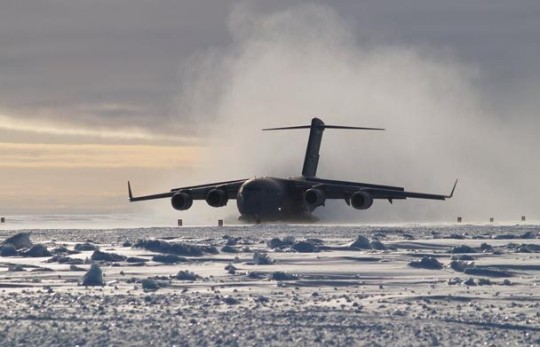
From the Seattle Times:
For McChord Air Force Base pilots who ferry cargo and people all over the world, one of the most challenging missions is flying a hulking C-17 to Antarctica to serve the National Science Foundation station there.
Weather is the wild card.
In less than an hour, skies can turn from blue to milky white as 80 mile-per-hour winds, unforeseen by forecasters, gust across the southernmost continent.
“If you take your eye off Antarctica, it can kill you in a heart beat,” said Lt. Col. Jim McGann, deputy commander of the 62nd Airlift Wing at McChord, which is located south of Tacoma. “The pilots we choose to fly down there are the absolute best, and this really pushes them to their limits as far as their skills and decision-making.”
Continue reading more.
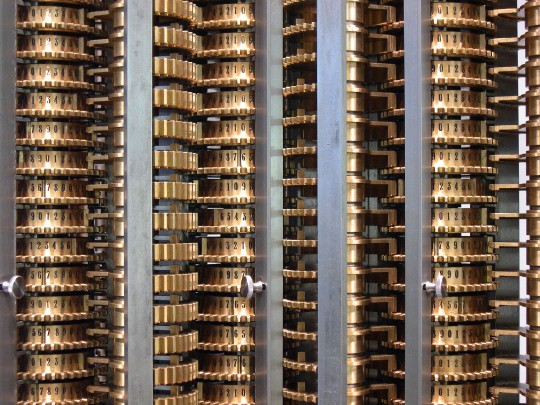
Designed in the 1800’s by Charles Babbage, the Difference Engine was an early concept of a mechanical computer. Babbage was never able to build it in his lifetime though, and it was not until 1991 that one was finally created using his original plans.
Here’s a video showing a demonstration of how it works.
Written in 1966 by Steve McQueen for Popular Science, he reviews several motorcycles out in the desert.

Seattle Woolen Mill Co. interior, showing warp dresser (the company is long gone). Photo taken circa 1905, from the UW digital collections.
A warp dresser was the job of someone who’s duties were to prepare and manage the worsted threads for weaving.
